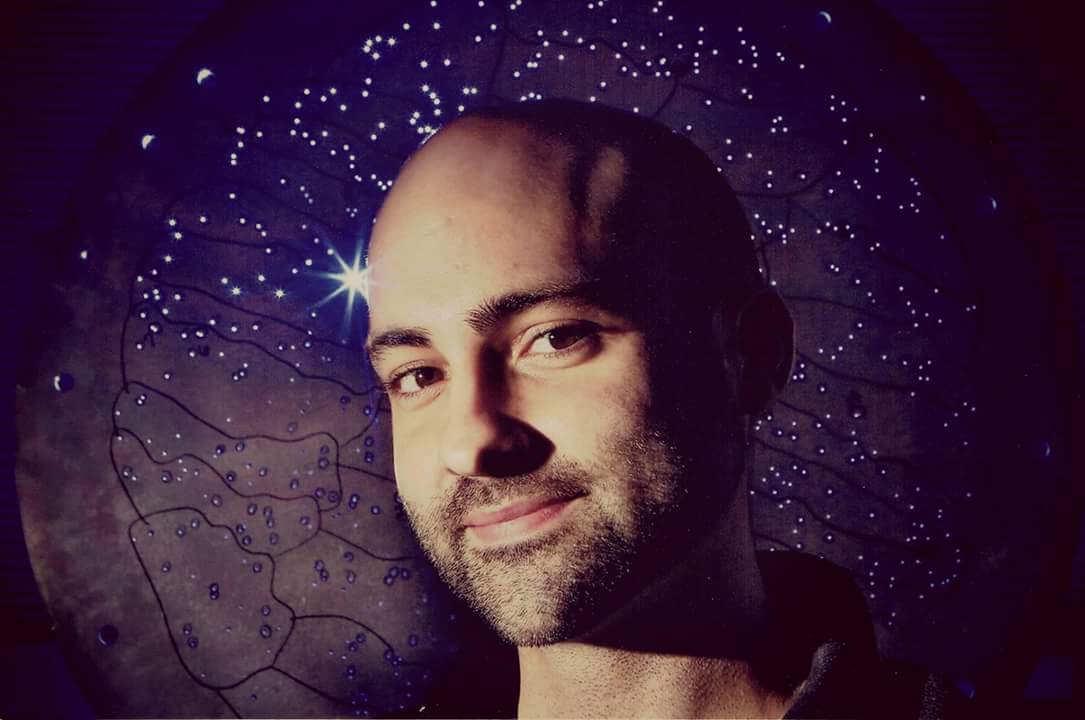
Dark matter might make space-time ring like a bell around black holes — and we might be able to 'hear' it
A team of researchers says black holes may serve as the perfect test bed for finding dark matter.

It turns out that dark matter can sing, but only if it's given a microphone made of a black hole.
The true nature of dark matter has eluded scientists for decades. To explain why dark matter particles haven't come up in any direct detection experiments, physicists have wondered if it may be a kind of particle known as an axion. Axions are predicted in highly theoretical models of the strong nuclear force and also appear in various versions of string theory.
If dark matter is an axion, then each individual particle might be incredibly light — anywhere from one-trillionth to one-thousandth the mass of an electron. This would make the dark matter behave very strangely on a large scale. It would be so light that its quantum wave nature would be prominent. In other words, we wouldn't live in a buzzing swarm of particle-like dark matter but rather in a sloshing sea of dark matter.
While intriguing, this hypothesis makes dark matter even more difficult to detect, because dark matter rarely, if ever, interacts with normal matter. That means we wouldn't see it in our direct detection experiments. One of the only ways we would be able to detect this kind of dark matter would be through its gravitational interactions.
Related: We still don't know what dark matter is, but here's what it's not
Now, a team of researchers says black holes may serve as the perfect test bed for finding this kind of dark matter. They discussed their results in a paper published to the preprint database arXiv in October. (It has not been peer-reviewed or published in a scientific journal yet.)
Black holes and axions would interact with each other in a very surprising way. Through a process known as superradiance, dark matter could steal energy from a rotating black hole. Over time, the dark matter would continue to orbit the black hole and, eventually, collect a dense cloud of dark matter around it.
Get the Space.com Newsletter
Breaking space news, the latest updates on rocket launches, skywatching events and more!
Once the dark matter sapped enough rotational energy from the black hole, it would slow down, triggering the release of the dark matter particles in a cascade of completely invisible emission. However, while the emitted dark matter would not emit any radiation, it would affect space-time.
The researchers found that the emitted dark matter would ring space-time like a bell around the black hole. It would not be as strong of a signal as the ones that come from black hole mergers, but it just might be detectable with experiments in the solar system.
The emitted gravitational waves would be in the range of frequencies that could be detected by ground-based experiments like the Laser Interferometer Gravitational-Wave Observatory and the Virgo interferometer (for high-mass axions) and with space-based detectors like the upcoming Laser Interferometer Space Antenna (for extremely low-mass axions).
Either way, there is currently no evidence that these axions exist, and we have never detected those kinds of signals. But now that the suggestion is out there, we can comb through existing data and fine-tune future experiments to go hunting for them.
Join our Space Forums to keep talking space on the latest missions, night sky and more! And if you have a news tip, correction or comment, let us know at: community@space.com.

Paul M. Sutter is an astrophysicist at SUNY Stony Brook and the Flatiron Institute in New York City. Paul received his PhD in Physics from the University of Illinois at Urbana-Champaign in 2011, and spent three years at the Paris Institute of Astrophysics, followed by a research fellowship in Trieste, Italy, His research focuses on many diverse topics, from the emptiest regions of the universe to the earliest moments of the Big Bang to the hunt for the first stars. As an "Agent to the Stars," Paul has passionately engaged the public in science outreach for several years. He is the host of the popular "Ask a Spaceman!" podcast, author of "Your Place in the Universe" and "How to Die in Space" and he frequently appears on TV — including on The Weather Channel, for which he serves as Official Space Specialist.
NASA spacecraft spots monster black hole bursting with X-rays 'releasing a hundred times more energy than we have seen elsewhere'
Could we use black holes to power future human civilizations? 'There is no limitation to extracting the enormous energy from a rotating black hole'
-
josefnspace the graphic at the beginning of the video is reminiscent of neural structure.Reply
each neuron a galaxy?









